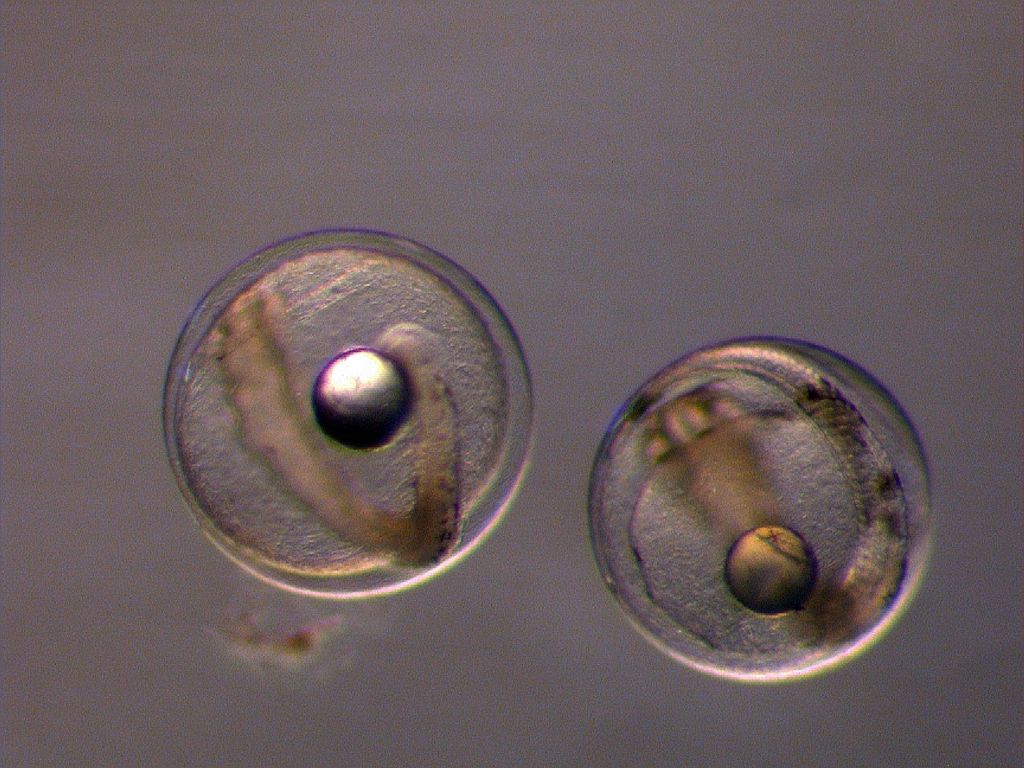Every three years, the spawning stock size of the Northeast Atlantic mackerel (Scomber scombrus) is estimated by an immense European research campaign. In 2019 eight European nations are participating – from Portugal in the South to the Faroese Island and Norway in the North.
The general method is to quantify the freshly spawned eggs in the water column on the spawning grounds. In order to being able to establish a relationship between eggs and spawning stock biomass, the fecundity of the females must also be determined by sampling the gonads of adult mackerel. For the collection of mackerel eggs, every 15 nautical miles plankton samples are taken within the spawning area and spawning season of mackerel. In addition, the egg survey is also used for the estimation of the population size of horse mackerel (Trachurus trachurus) which is also a commercially important fish species.
The campaign started in the coastal area of Portugal in the end of January and will be continued along the European continental shelf edge up to the Faroese Islands and Icelandic waters until the end of August. Within this time span numerous research vessels from different European research institutions are covering the spawning area of mackerel.
Spatial coverage is crucial, especially since the observed northerly and westerly expansion of the mackerel spawning area since 2007. It can be seen quite certain that these changes are connected with environmental changes. In order to find the boundary of mackerel spawning, an international scout survey with the participation of the Thünen Institute of Sea Fisheries was carried out with a chartered Shetlandic fisheries vessel in 2018. Freshly spawned eggs were found far away from the continental shelf in the open ocean in areas with water depths of more than 1000 meters. The boundary, where no mackerel eggs were found anymore during this investigation, is used in this year´s survey for the definition of the research area.
The Thünen Institute of Sea Fisheries will be participating in this campaign from end of March to 30 April 2019. We are responsible for covering areas in the northern Bay of Biscay, the Celtic Sea and west of Ireland. Sampling will be undertaken with the high speed plankton sampler “Nackthai” and in addition fishing hauls for adult mackerel will be carried out. However, due to major repairs of the German research vessel “Walther Herwig III“ the German participation in the mackerel and horse mackerel egg survey will be conducted with the chartered Danish research vessel “Dana”.
If you have questions regarding this topic, feel free to contact Jens Ulleweit.
Read the sea blog from this survey here.


![[Translate to English:] Logo des Bundesministerium für Ernährung und Landwirtschaft](/media/allgemein/logos/BMEL_Logo.svg)